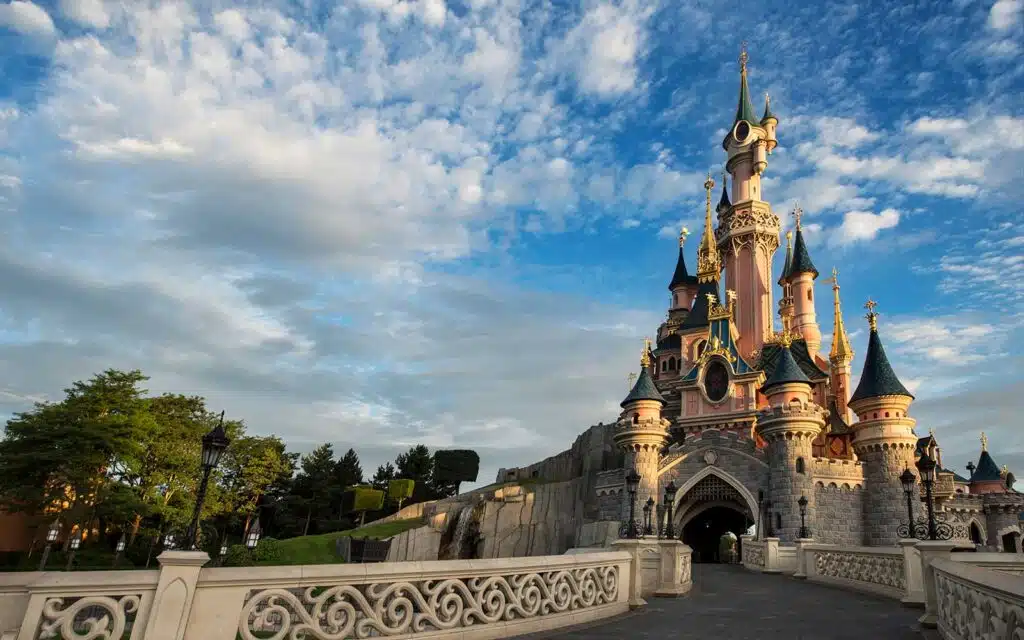Imagine wandering through a serene village, the sounds of distant laughter and a gentle breeze filling the air. You’re not racing from one tourist hotspot to another; instead, you’re savoring each moment. This is the essence of slow travel—a movement that invites you to immerse yourself in cultures, landscapes, and experiences at your own pace. As solo travelers embark on journeys that prioritize connection over checklist sightseeing, slow travel has emerged as one of the hottest trends in world travel today.
With every step taken more deliberately and every conversation held with intention, this approach encourages deeper exploration. Forget about hurried itineraries and crowded attractions; it’s time to discover why slowing down could transform your adventures into something truly memorable. Let’s delve deeper into what slow travel really means and how you can embrace its philosophy on your next trip!
What is Slow Travel?
Slow travel is all about embracing the journey rather than just focusing on the destination. It encourages travelers to take their time, savoring experiences instead of rushing through them.
This approach promotes a deeper connection with places and people. You might choose to stay longer in one location, allowing yourself the chance to explore local customs or enjoy quiet moments at hidden cafés.
Rather than hopping from landmark to landmark, slow travel invites you to engage with your surroundings. Picture wandering cobblestone streets without glancing at your watch or striking up conversations with locals who know the area intimately.
It’s an opportunity for reflection and discovery. As a solo traveler, this philosophy can enhance personal growth and lead you to unexpected adventures that fast-paced tourism often overlooks.
The History of Slow Travel
Slow travel has roots that stretch back centuries, yet it gained popularity in the late 20th century. The movement emerged as a reaction to fast-paced tourism and consumerism.
In the 1980s, Italian writer Carlo Petrini coined the term “slow food,” advocating for quality over quantity in dining experiences. This philosophy soon expanded beyond cuisine to encompass all aspects of life, including travel.
By prioritizing meaningful connections over quick sightseeing, slow travel promotes cultural immersion and deeper understanding of destinations. Travelers began seeking out local experiences rather than ticking off attractions from a checklist.
The rise of digital nomadism further fueled this trend. Individuals embraced solo journeys that allowed them to explore at their own pace while fostering personal growth through unique encounters with different cultures.
Today, slow travel continues to evolve as more people recognize its value amid our increasingly hectic world.
Benefits of Slow Travel
Slow travel encourages deeper connections with people and places. When you spend more time in one location, you can engage meaningfully with locals. This often leads to authentic experiences that enrich your journey.
It also allows for a better understanding of the culture. You can explore traditions, cuisines, and lifestyles at your own pace. This immersion enhances appreciation for diversity.
Environmentally, slow travel is beneficial too. Fewer flights and shorter distances reduce carbon footprints significantly. Choosing local transportation or walking helps support sustainable tourism practices.
Economically, slow traveling supports communities directly. Staying longer in smaller accommodations boosts local businesses rather than large hotel chains.
It promotes personal well-being by reducing stress associated with tight itineraries. Traveling slowly lets you savor each moment without feeling rushed or overwhelmed.
How to Plan a Slow Travel Trip
Planning a slow travel trip requires a different mindset. Start by choosing a destination that excites you, but also allows for exploration at your own pace. Research local customs and hidden gems to enrich your experience.
Next, consider transportation options. Slow travel encourages using trains or buses instead of flying. This way, you can soak up the scenery along the journey.
Create an itinerary that includes ample downtime. Allow yourself to wander through neighborhoods and enjoy leisurely meals at local cafes.
Focus on authentic experiences rather than ticking off tourist attractions. Engage with locals and explore markets or festivals for genuine cultural immersion.
Don’t over-schedule your days. Leave room for spontaneity; some of the best memories come from unplanned moments during solo travel adventures!
Top Destinations for Slow Travelers
For solo travelers seeking to embrace the slow travel movement, certain destinations stand out.
Consider the charming villages of Tuscany, Italy. Here, rolling hills and vineyards set a perfect backdrop for leisurely strolls through quaint streets and savoring local cuisine at rustic trattorias.
Japan’s countryside offers another enchanting escape. Places like Shirakawa-go invite you to disconnect from the fast pace of modern life while immersing yourself in traditional culture.
The lush landscapes of New Zealand’s South Island beckon adventurers looking for tranquility. Explore hidden trails or simply unwind by serene lakes surrounded by mountains.
Closer to home, small towns in Portugal provide a warm welcome. The coastal charm of Cascais allows time for beach walks and enjoying fresh seafood with stunning ocean views.
These destinations encourage introspection and a deeper connection with both nature and culture, making them ideal spots for those who wish to savor every moment on their travels.
Tips for Embracing the Slow Travel Lifestyle
Embracing the slow travel lifestyle requires a shift in mindset. Start by letting go of the need to check off every landmark on your list. Instead, focus on immersing yourself in each destination.
Choose slower modes of transportation. Trains and buses allow you to take in the scenery while connecting with locals along the way. Walking or biking can also enhance your experience, offering unique insights into everyday life.
Practice mindfulness during your travels. Take time to breathe, reflect, and appreciate where you are at any moment. Engage with local cultures through workshops or community events that offer authentic experiences.
Consider staying longer in one place rather than hopping from city to city. This not only saves money but allows for deeper exploration and understanding of local customs and traditions.
Be flexible with your itinerary. Allow spontaneity to guide your adventures; some of the best moments happen when plans change unexpectedly.
By adopting these practices, solo travelers can create meaningful connections that transform world travel into unforgettable journeys full of personal growth and discovery.










